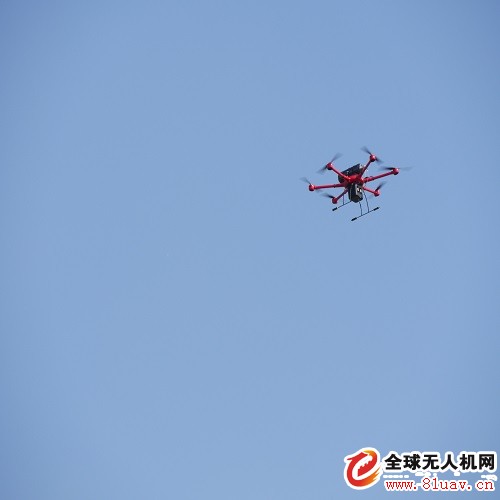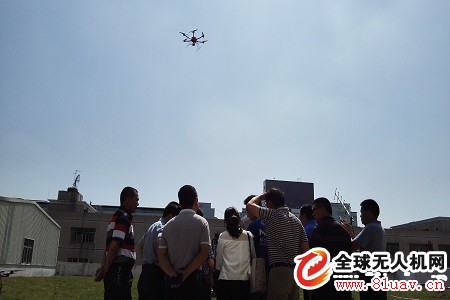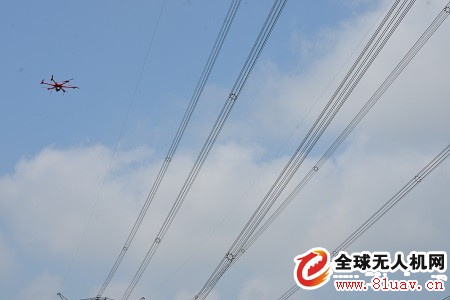UAVs now available in the market, especially the consumer drones almost batteries are lithium batteries! As the power core of the drone, the battery is not cheap, so it is necessary to maintain it! Then let us learn how to maintain the lithium battery of the drone with the Kobbit Drone Academy! Shenzhen UAV training organization Xiaobian in order to let everyone with a good collection of waste a lot of thoughts! Let's take a look at how to maintain it? 1, do not overdraft power The discharge curve of the battery shows that the voltage drops faster when the discharge starts, but the discharge drops to 3.9~3.7V, and the voltage drops not fast. However, once it drops to 3.7V, the voltage drop speed will increase. If the control is not good, it will lead to over-discharge. If it is light, it will damage the battery, but the voltage will be too low to cause the bomber. Some model friends have too many batteries, so they will over-discharge every time they fly, which will overdraw the battery life. The strategy is to fly as little as one minute and the life span is one more cycle. Would rather buy two more batteries, and don't fly the battery beyond the capacity limit every time. To make full use of the battery alarm, an alarm should be dropped as soon as possible, and the Manta S6 power will start to alarm for the first time at 30%, and 10% will automatically land. 2, the temperature is too high or too low, do not force flight To preheat the insulation, this principle will be ignored by many flying friends. In the north or high altitude areas, there will often be low temperature weather. When the battery is placed outside for a long time, its discharge performance will be greatly reduced. If it is to fly at the time of normal temperature, it will definitely cause problems. At this point, the alarm voltage should be raised (for example, the single-chip alarm voltage is adjusted to 3.8V), because the voltage drop will be very fast in the low temperature environment, and the alarm will immediately fall. In addition, the battery should be insulated. Before the take-off, the battery should be stored in a warm environment, such as inside a house, inside a car, or in an incubator. Quickly install the battery when taking off and perform the mission. Try to shorten the time to half of the normal temperature when flying at low temperatures to ensure safe flight. 3, winter use precautions Charging: Charging should be carried out at room temperature (5 ° C or above, 20 ° C optimal) environment, such as indoors, cars, etc., and can not be charged in an environment above 40 ° C; Retrieving the battery from the outdoors cannot be charged immediately, and then charging is performed after the surface temperature of the battery reaches the room temperature environment; It must be charged by the manufacturer's matching charger. It is not allowed to use other equipment to charge the battery with high current. Discharge: After discharge, the battery adopts effective insulation measures (such as using a thermos cup, incubator, etc.) to ensure that the temperature of the battery body is maintained above 5 °C, and 20 °C is optimal; After the battery is loaded into the aircraft, it is necessary to check the remaining battery power from the APP, and whether the voltage information is abnormal; When the battery temperature does not reach 20 ° C or above, it is not suitable for large maneuvering; Compared with the room temperature (about 20 °C) flight, the battery life of the battery will be significantly shortened in the low temperature environment, after the low battery alarm, you need to return immediately! Single Axis Solar Tracker System Single Axis Solar Tracker System,Sun System Powered One Axis,One Axis Solar Tracker Single Axis,Mounting System Solar Tracker Hebei Jinbiao Construction Materials Tech Corp., Ltd. , https://www.pvcarportsystem.com

